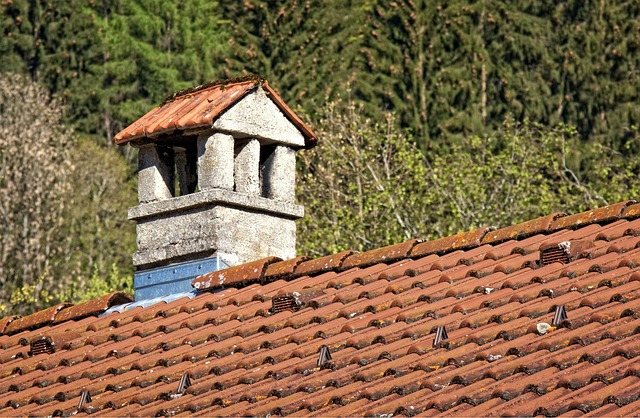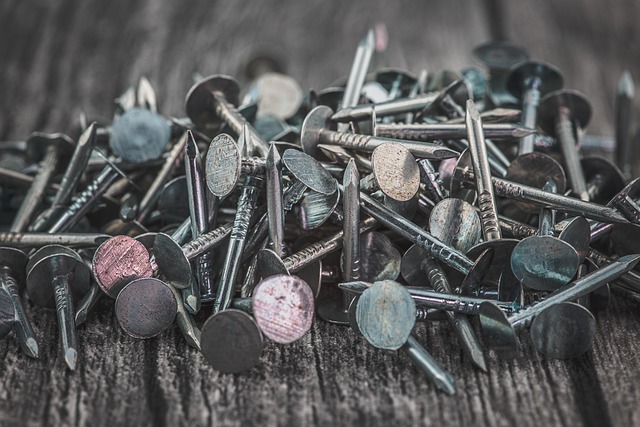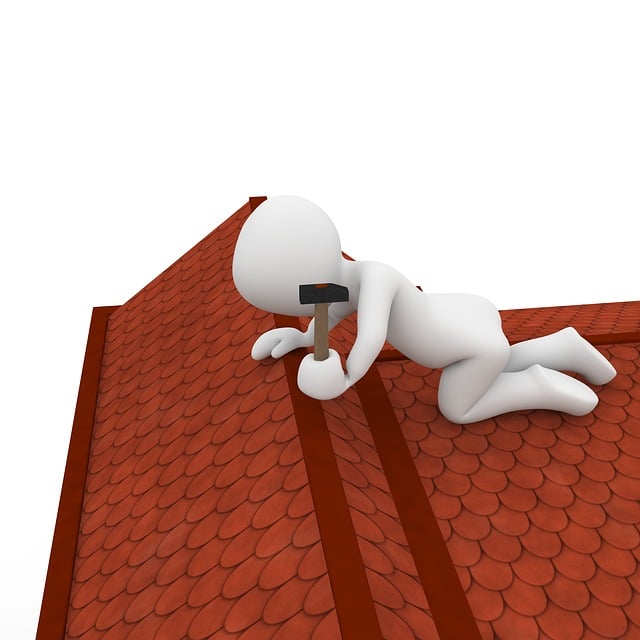Residential roofing is a complex yet crucial aspect of home maintenance, offering various styles and materials with distinct advantages. The best choice depends on climate, budget, and aesthetics. Regular inspections are vital for early issue detection, extending the roof's lifespan. Common problems like leaks and damaged shingles require prompt attention. Cleaning, repainting, and seasonal care maintain the roof's integrity. Major repairs or replacements should be handled by professionals using high-quality materials to ensure year-round protection.
Roof maintenance is an often-overlooked aspect of home ownership, yet it’s crucial for protecting your investment. This comprehensive guide delves into the essentials of residential roofing, exploring various types and materials commonly used. We emphasize the significance of regular inspections as a cornerstone of preventive maintenance. By understanding common roof issues and adopting year-round care practices, including cleaning, repainting, and timely repairs or replacements, homeowners can ensure their roofs remain in top condition.
Understanding Residential Roofing: Types and Materials

Residential roofing is a complex yet essential aspect of home construction and maintenance. Understanding the types and materials used in roofing is crucial for homeowners looking to maintain or replace their roofs effectively. The most common residential roofing styles include shingles, metal, tile, and flat roofs. Each type offers unique advantages and considerations regarding durability, aesthetics, and cost.
Shingles are a popular choice due to their affordability and ease of installation. They provide good protection against the elements and come in various materials like asphalt, wood, or synthetic composites. Metal roofing, on the other hand, is known for its longevity and ability to withstand harsh weather conditions. Tile roofs offer a more luxurious look but require specialized installation and can be more expensive. Flat roofs are suitable for certain architectural styles and often feature impermeable membranes for leak prevention. Choosing the right material depends on factors like climate, budget, and personal preference.
Regular Inspection: The Key to Preventive Maintenance

Regular inspections are an integral part of residential roofing maintenance, acting as a powerful preventive measure. By scheduling routine checks, homeowners can ensure their roofs remain in optimal condition, averting potential issues before they escalate. These inspections allow for the early detection of problems like missing or damaged shingles, loose flashing, or signs of water intrusion.
With professional eyes examining the roof’s every angle, residents can benefit from a comprehensive assessment. This process identifies minor repairs that, if left unattended, could lead to more significant and costly damage. Proactive maintenance through regular inspections ultimately extends the lifespan of residential roofing systems, safeguarding homes and protecting against unexpected repairs.
Common Roof Issues and Early Detection

Roof issues can arise from various factors, making regular maintenance crucial for any residential roofing system. Common problems include leaks, missing or damaged shingles, deteriorated flashing, and weak or sagging structures. Early detection is key to preventing minor issues from escalating into major repairs. Homeowners should regularly inspect their roofs, looking out for signs of water damage, mold growth, or irregular wear patterns.
By staying vigilant, residents can catch issues like loose or broken tiles, cracked cement, or signs of decay in the underlayment. Prompt attention to these early indicators allows for more effective and cost-efficient repairs, ensuring the longevity of their residential roofing system.
Cleaning and Repainting: Keeping Your Roof Healthy

Regular cleaning and repainting are essential components of residential roofing maintenance. Accumulation of debris, such as leaves, branches, and other airborne contaminants, can block gutters and drains, leading to water damage and reduced roof life. A professional cleaning service can effectively remove these buildup, ensuring proper water flow and protecting the structure below.
Repainting is another crucial aspect often overlooked in residential roofing maintenance. Metal or shingles exposed to constant sunlight and varying weather conditions will eventually fade or corrode. Regular repainting not only enhances the aesthetic appeal of your home but also provides a protective layer against UV rays, extreme temperatures, and moisture. This simple yet effective step can significantly extend the lifespan of your roof, ultimately saving you from costly repairs down the line.
Replacement and Repair: When to Take Action

Roof replacement or repair is a crucial decision for any homeowner, and understanding when to take action is essential for maintaining a healthy residential roofing system. Regular inspections are key; look out for signs like missing shingles, damaged flashing, or noticeable leaks. If these issues are identified early, simple repairs can often be made, extending the life of your roof. However, as time goes on, especially in harsh weather conditions, roofs naturally degrade. When multiple repairs fail to provide a lasting solution, it might be time for a full replacement.
Consider the age of your roof and the extent of damage—if it’s beyond reasonable repair, a new installation could offer better protection against elements, saving you from costly, repeated fixings. Regular maintenance and prompt action when problems arise will contribute to a longer-lasting residential roofing system, ensuring your home remains secure and its value is preserved.
Expert Tips for Year-Round Roof Care

Keeping your residential roofing in top condition is an ongoing task, but with some expert tips, it can be a manageable and even enjoyable part of home ownership. Regular inspections are key; examine your roof at least twice a year for any signs of damage, leaks, or loose shingles. In winter, check for ice damming, which can lead to water intrusion and ceiling damage. Spring is the perfect time to clear gutters of debris, ensuring proper drainage and preventing clogs that could cause overflow.
Year-round care also involves addressing minor issues promptly. Small cracks or missing shingles should be repaired quickly to avoid further damage and costly replacements. Using high-quality materials and hiring licensed professionals for major repairs or full roof replacements ensures your residential roofing remains sturdy and secure, protecting your home from the elements.
